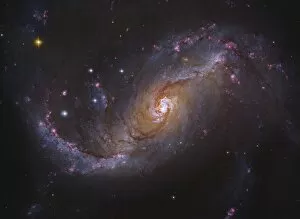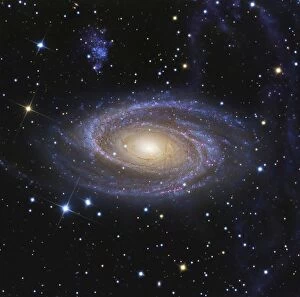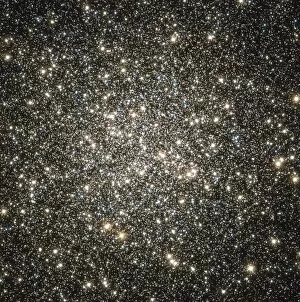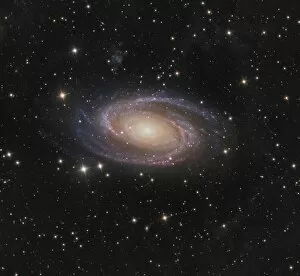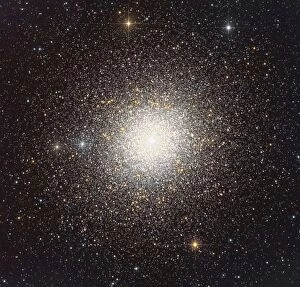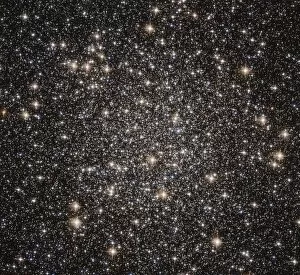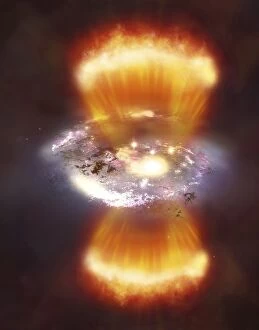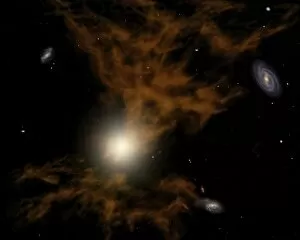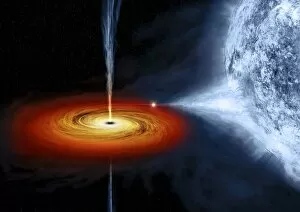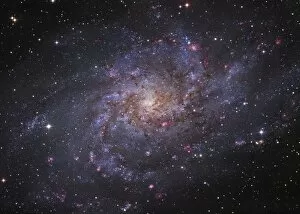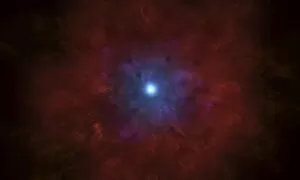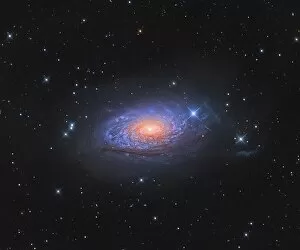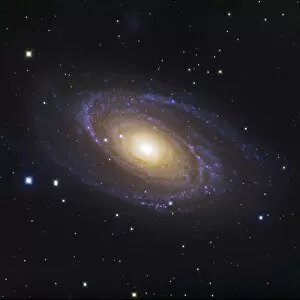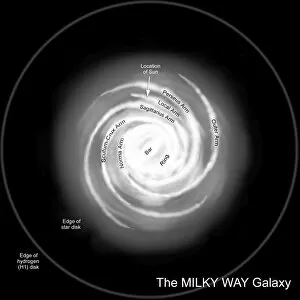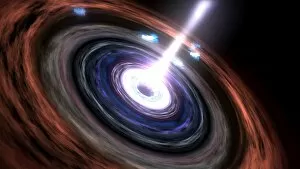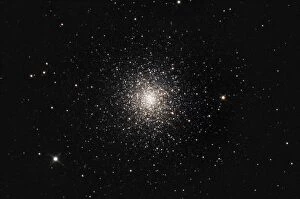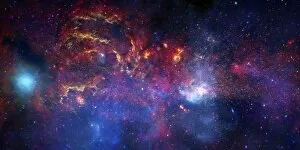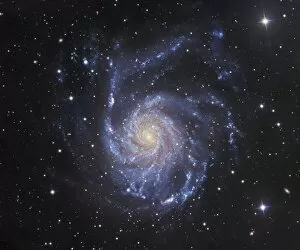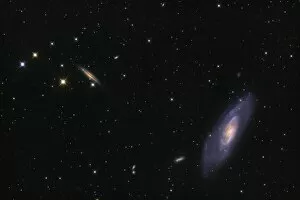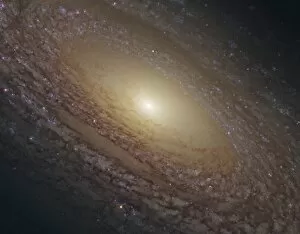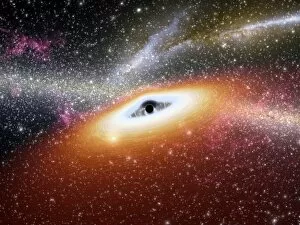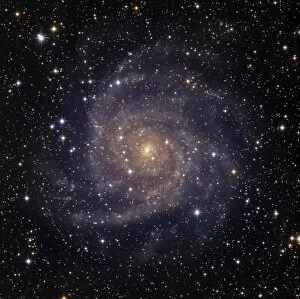Core Collection (#3)
"Unveiling the Mysteries: Exploring the Core of the Universe and Beyond" Embark on a journey through space and time as we delve into the captivating concept of "core
All Professionally Made to Order for Quick Shipping
"Unveiling the Mysteries: Exploring the Core of the Universe and Beyond" Embark on a journey through space and time as we delve into the captivating concept of "core. " From mesmerizing galactic light shows in spiral galaxy NGC 4258 to ancient depictions of Earth's fiery central core, our exploration knows no bounds. Witness Athanasius Kircher's intricate engraving from his renowned work "Mundus subeterraneus, " revealing a cross-section of our planet with its hidden lakes, rivers, and a blazing core. Marvel at Aachen Cathedral Treasury's Cross of Lothair II, symbolizing strength emanating from within. Venture further into celestial realms as we unravel planets' internal structures, unveiling their enigmatic cores. Gaze upon Altair, a brilliant star nestled in the constellation Aquila, illuminating distant galaxies. Admire Donatis Comet of 1858 captured artistically for eternity. Journey back to Earth where secrets lie beneath its surface. Explore the depths of our planet's core that shapes its very existence. Behold the awe-inspiring Trapezium Cluster at Orion Nebula's center or marvel at The Wild Duck Cluster residing gracefully in Scutum constellation. Discover historical artifacts like Danish battle axes representing power harnessed by civilizations past. Witness cutting-edge technology with quantum computer cores paving new frontiers in computation and innovation. Lastly, immerse yourself in history as Officer Training Corps parades come alive through an evocative photograph from 1917 - born out of conflict but fostering unity among aspiring officers during tumultuous times. In this captivating odyssey exploring various facets of "core, " be prepared to unlock mysteries that shape our universe while celebrating human ingenuity across time and space.



